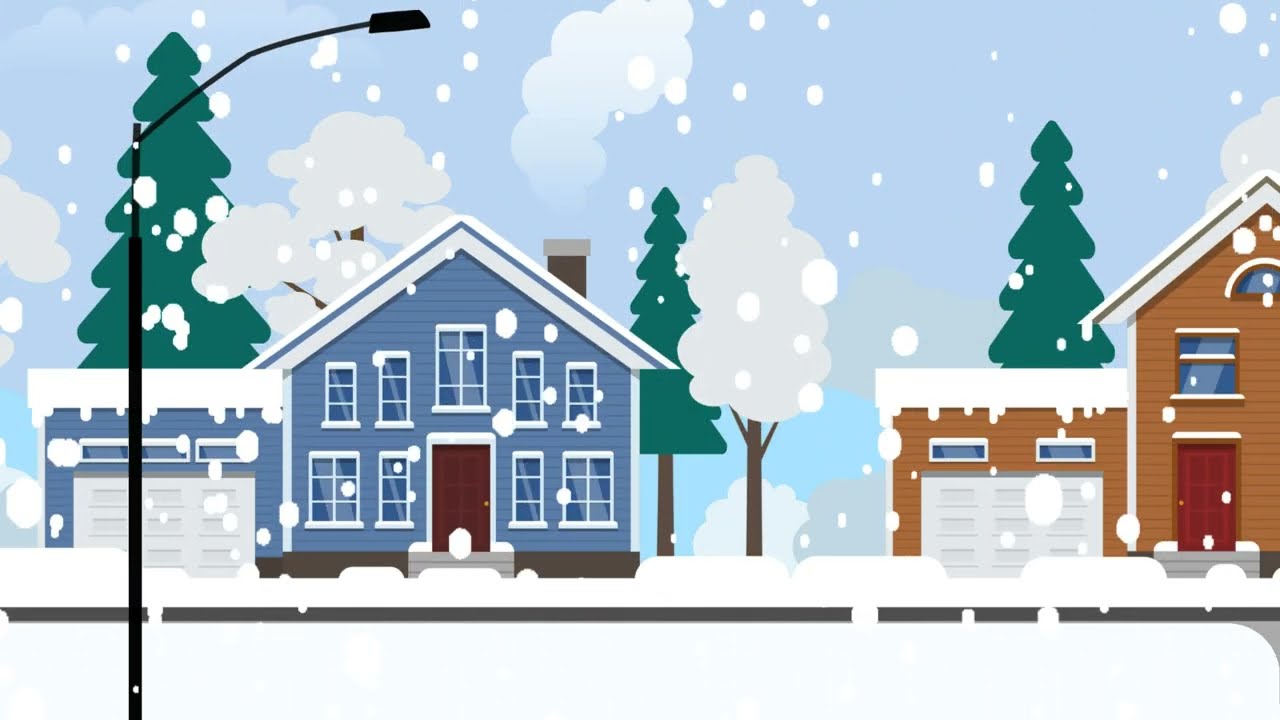Snow Removal
Snow removal update:
- Parking restrictions on snow routes will begin at 7 a.m. on Monday, January 5.
- City Centre Snow removal is scheduled to begin on Tuesday, January 6.
- Residential street snow removal is scheduled to begin on Thursday, January 8.
Please give crews room to work and remove any obstacles from the street.
The City's snow and ice control program prioritizes streets as follows:
- Highway 16A
- Arterial roads (ex: Grove Drive, Century Road, Calahoo Road, Jennifer Heil Way)
- Emergency access ways - south end of King Street
- Snow routes and collector roads (McLeod Avenue and Diamond Avenue)
- City Centre area
- Commercial and industrial (ex: South Avenue)
- Residential streets
- Alleys
At any time, snow removal in one area may be temporarily suspended so crews can revisit higher priority roads that have received additional snowfall.
The City also removes snow from public walkways, transit stops, and City-owned parking lots.
Snow routes
Snow routes, also known as collector roads, are the main, high-traffic roads typically within subdivisions. All snow routes are identified year-round by permanently-affixed signs on street lamp posts.
City Centre snow removal
City Centre snow removal occurs on all local roadways in the area between Calahoo Road and King Street, and between Highway 16A and Mohr Avenue.
Residential street snow removal
Residential street snow removal typically occurs when snow accumulates to a minimum of 22 centimetres and other higher priority roads have been cleared to an acceptable condition. It is handled separately from snow routes.
Help clear the path
During scheduled snow removal operations, which includes snow routes, City Centre snow removal and residential street snow removal, residents must move their vehicles from the streets. Signage will be posted to provide advance notification when vehicles must be moved. Any vehicles that are not moved during scheduled snow removal operations may be towed.
Snow removal education
Check out our latest snow removal videos to see how snow removal takes place in Spruce Grove, and how you play an important role to help keep our community safe and accessible!
Snow removal FAQs
Below you'll find answers to the most commonly asked questions about snow removal.
Snow routes
Snow removal on snow routes occurs when snow accumulates to a minimum of five centimetres and other higher priority roads have been cleared to an acceptable condition.
A snow route is a main, high-traffic road typically located within a subdivision. Residential street snow removal is when snow is removed from all the streets within a subdivision. Snow routes are a higher priority than residential streets and are typically cleared when snow accumulates to a minimum of five centimetres. Residential street snow removal doesn't occur until snow accumulates to a minimum of 22 centimetres.
When snow routes are active, progress is updated regularly on the City's website.
Yes. As a grader moves down a street, it is followed by a skid steer loader that will clear driveways by removing sections of the windrow that were created by the grader. There can be a gap between when the grader passes by and when the skid steer loader catches up, but the intent is to remove windrows from the front of private driveways as soon as possible.
This part of your property is technically a roadway right-of-way, which is publicly owned and designed to provide space for items such as public sidewalks, utilities, fire hydrants, City trees, road signs and snow storage. The depth of the right-of-way typically ranges from two to five metres from the curb and the City uses this space to store snow that has been removed from the road. Snow will not be piled on a public sidewalk.
The snow will not be removed. As outlined in the City's Snow and Ice Control Policy, "the opening of windrows at private sidewalks is the responsibility of the property owner."
Residential street snow removal
Residential street snow removal is when snow is removed from all the streets within a subdivision. A snow route is a main, high-traffic road typically located within a subdivision. Snow routes are a higher priority than residential streets and are typically cleared when snow accumulates to a minimum of five centimetres. Residential street snow removal doesn't occur until snow accumulates to a minimum of 22 centimetre
When residential street snow removal is active, progress is updated on a daily basis (Monday to Friday) on the City's website.
No. Residential street snow removal is a major undertaking that typically takes several days or even weeks to complete. Each snow clearing season the rotation for residential street snow removal changes, with each subdivision moving up one place in the rotation. Example: If your subdivision is #6 this year, next year it will be #5 in the rotation.
Not necessarily. If you live in a new subdivision, the developer is responsible for snow removal until such time that the City has accepted the roads and utilities from the developer.
In certain locations where there is limited space for storing snow within the roadway right-of-way, snow may temporarily be piled in the middle of a cul-de-sac bulb or within a parking lane to be hauled away at a later date. The timing of the snow removal will depend on available resources and ongoing weather conditions.
Yes. As a grader moves down a street, it is followed by a skid steer loader that will clear driveways by removing sections of the windrow that were created by the grader. There can be a gap between when the grader passes by and when the skid steer loader catches up, but the intent is to remove windrows from the front of private driveways as soon as possible.
This part of your property is technically a roadway right-of-way, which is publicly owned and designed to provide space for items such as public sidewalks, utilities, fire hydrants, City trees, road signs and snow storage. The depth of the right-of-way typically ranges from two to five metres from the curb and the City uses this space to store snow that has been removed from the road. Snow will not be piled on a public sidewalk.
The snow will not be removed. As outlined in the City's Snow and Ice Control (SNIC) Policy, "the opening of windrows at private sidewalks is the responsibility of the property owner."
Although crews do not clear residential streets 24 hours/day, parking is not permitted overnight on streets yet to be cleared. There is no set time for crews to finish an area and at times clearing may begin before 7:30 a.m. In order to ensure residential snow removal is completed as efficiently as possible, on-street parking is not permitted from the date and time snow removal operations are scheduled to begin until snow removal is complete and signage is removed. If you park on-street, whether overnight or during the day, you run the risk of being ticketed and towed.
Continuing to clear roads and alleyways when the temperature fluctuates helps keep roads safe from the freeze/thaw cycle and also supports proper drainage protecting our infrastructure.
The Land Use Bylaw requires anything placed in a City right-of-way or boulevard area to be kept as turfgrass. Anything else installed in the right-of-way, including concrete, asphalt, paving stones, curbing, or other decorative features, is the homeowner’s responsibility as this area is used for City maintenance and utilities.
While City crews work carefully and with respect to surrounding properties, in the event there is damage, the City does not repair or replace any portion of a driveway or landscaping located within the right-of-way. Any feature located within a right-of-way is placed at the property owner’s risk.





